All rhinos belong to the same family, but each species has its own special features that make it unique.
Rhino Radar Dogs: Sniffing Out Hope for Endangered Giants
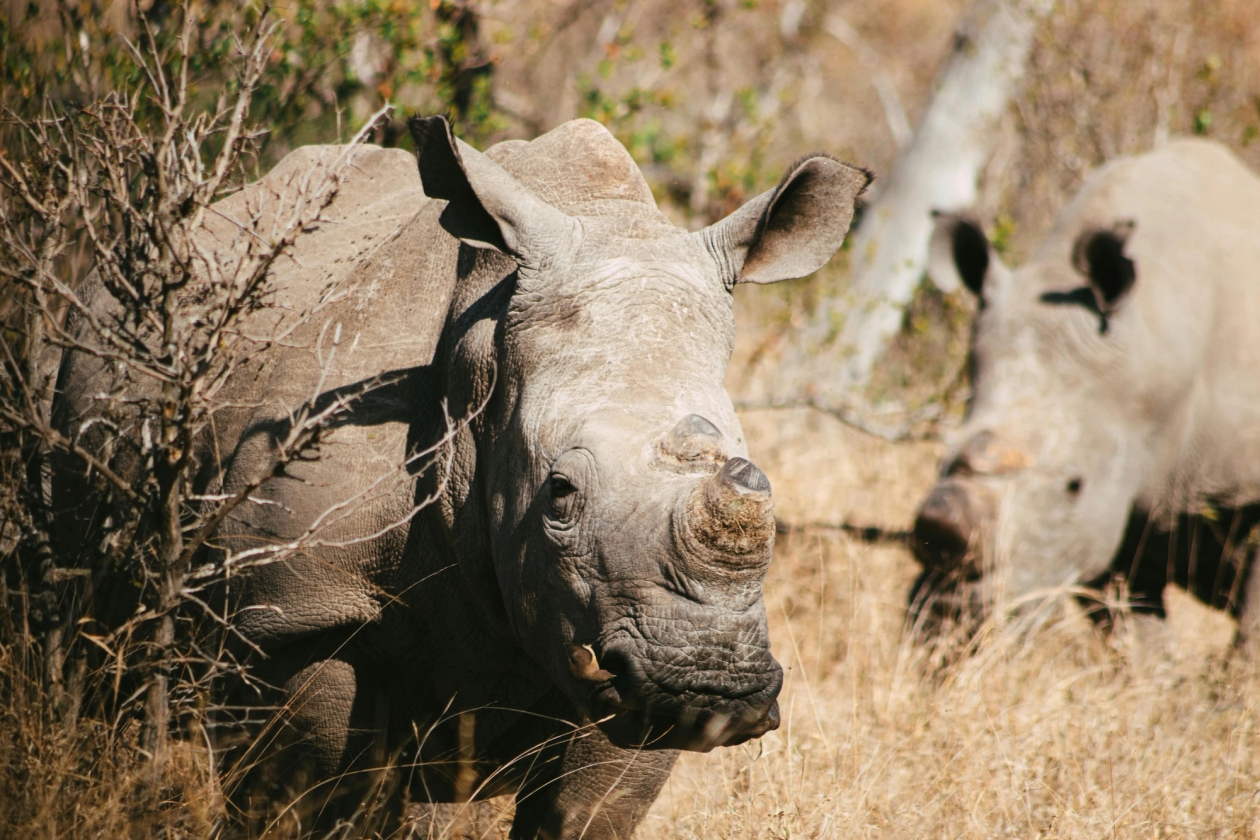
Did you know some of the world’s best rhino detectives don’t wear uniforms or carry magnifying glasses? They wag their tails!
Deep in the forests of Indonesia, a team of conservationists is searching for something incredibly rare: the Sumatran rhino. These rhinos are so shy and so few in number that scientists can spend years without spotting one. That’s where their four-legged helpers come in.
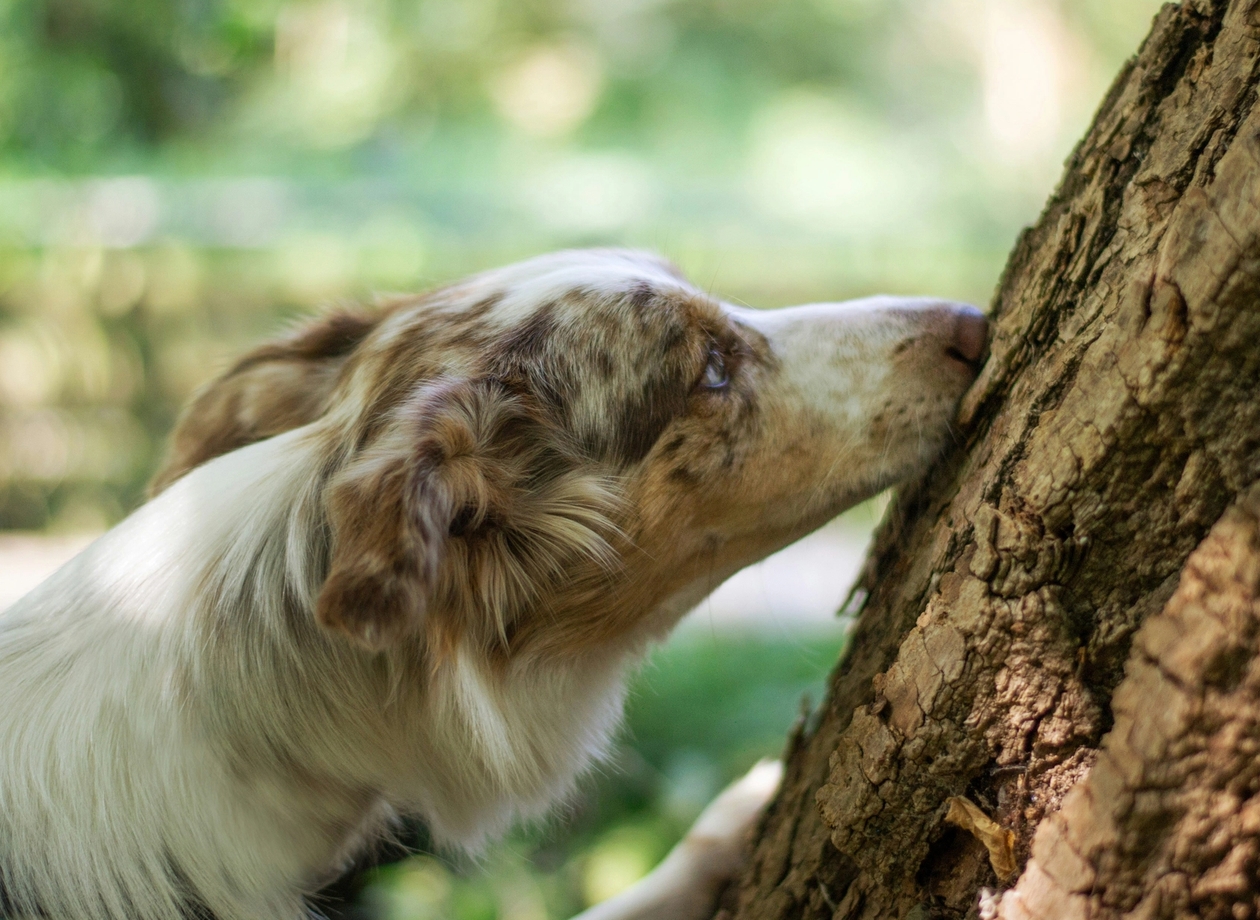
Specially trained dogs, sometimes called “rhino radar dogs,” use their super-noses to follow the faintest clues: a broken twig on the forest floor, a footprint in the mud, or even the smell left behind in a rhino’s dung. What’s almost invisible to humans is as clear as a flashing signpost to these clever pups.
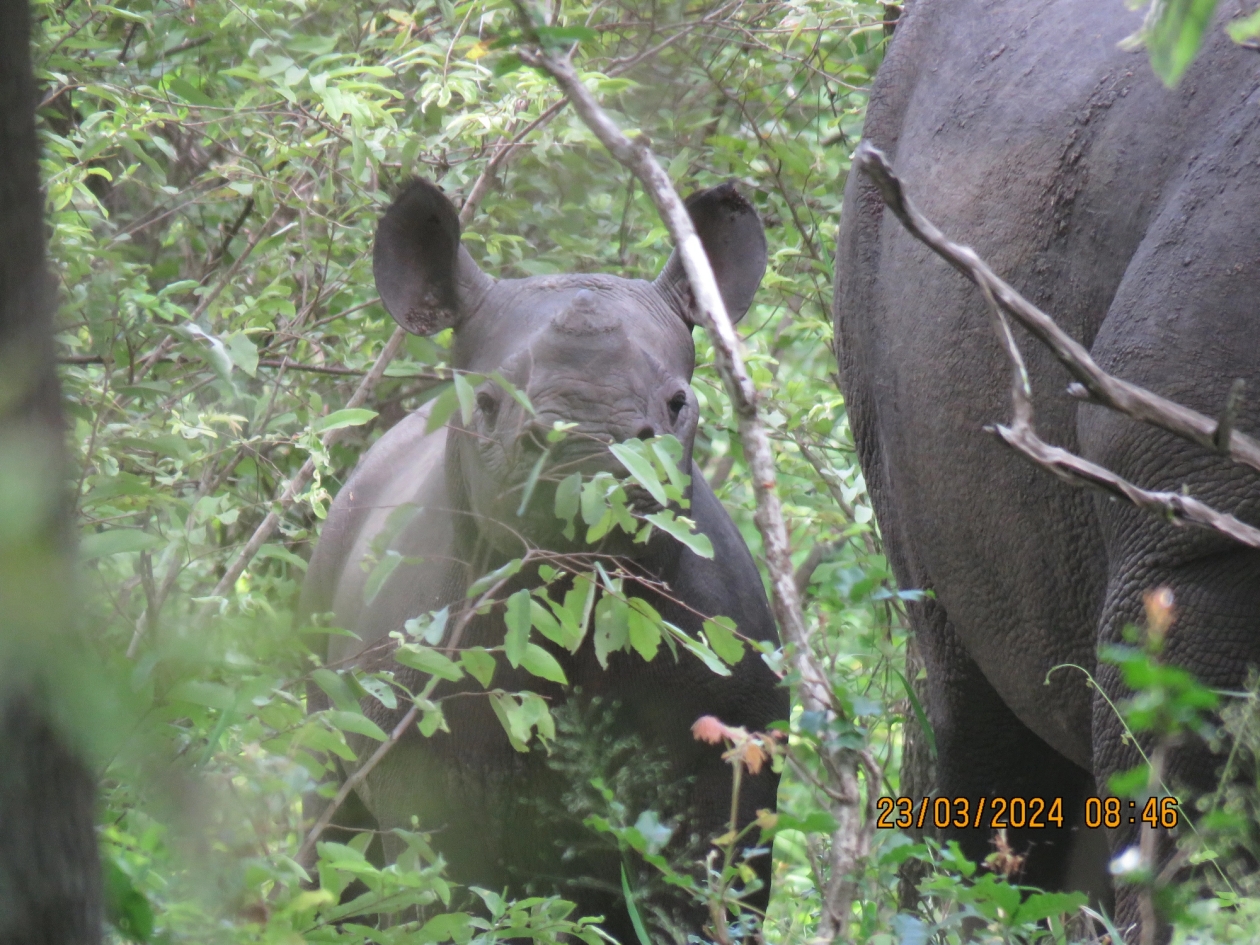
Every time the dogs pick up a scent, they give scientists hope that a hidden rhino might still be living nearby. That’s exciting news, because Sumatran rhinos are the smallest and hairiest of all the rhinos, and also the most endangered. Fewer than 50 are thought to survive in the wild. If the dogs really have found signs of them, it could mean a brighter future for a species on the brink.
And it’s not just happening in Asia. In Majete, Malawi, WVS helps to care for a dedicated canine unit who join rangers in protecting the precious wildlife and stopping poachers!
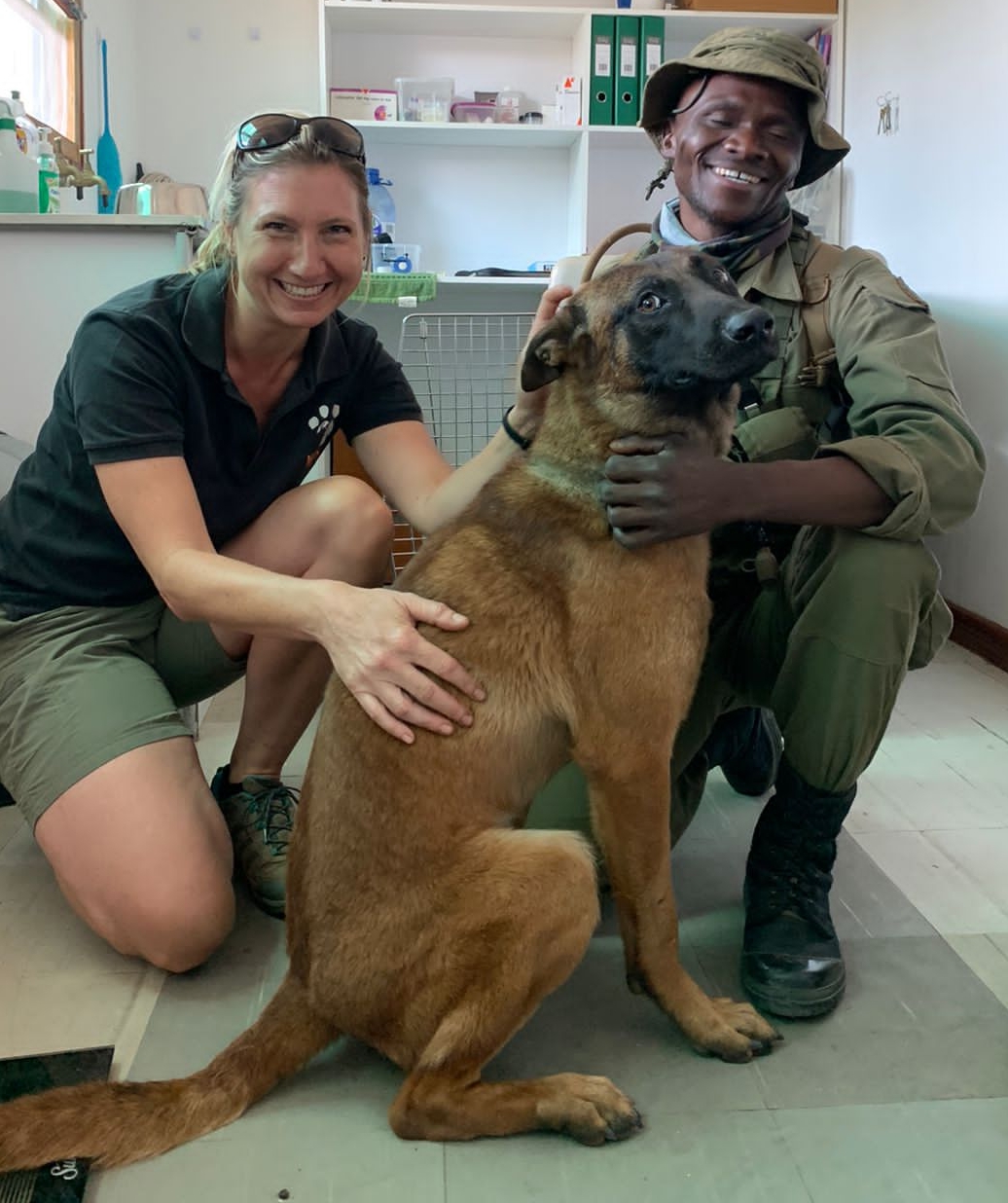
“Conservation isn’t just about science, sometimes it takes wagging tails, muddy footprints, and the people brave enough to follow them into the forest. ”
Meet the Five Kinds of Rhinos
White rhino – the largest species, with a wide “square” mouth perfect for grazing grass.
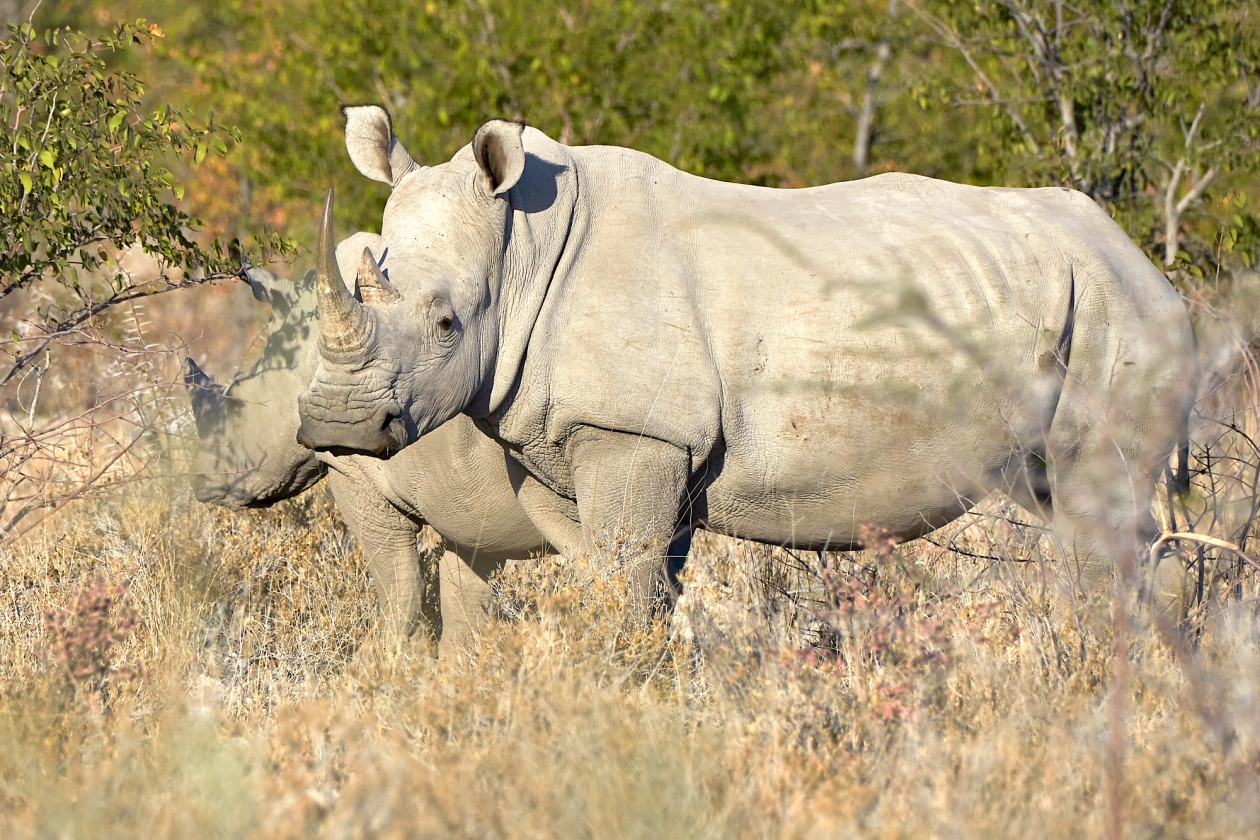
Black rhino – smaller, with a hooked lip that works like tongs to grab twigs and leaves.
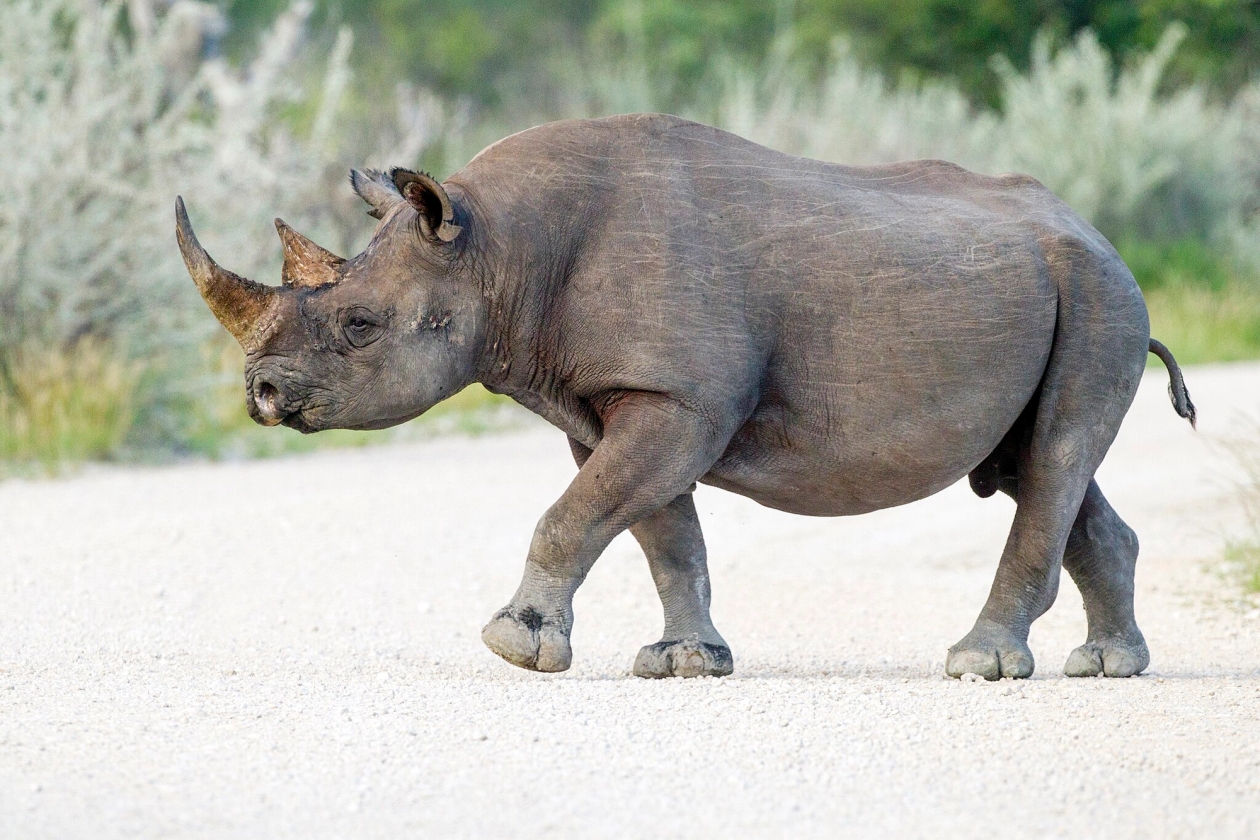
Indian rhino – looks like it’s wearing armour plates, with a single strong horn.
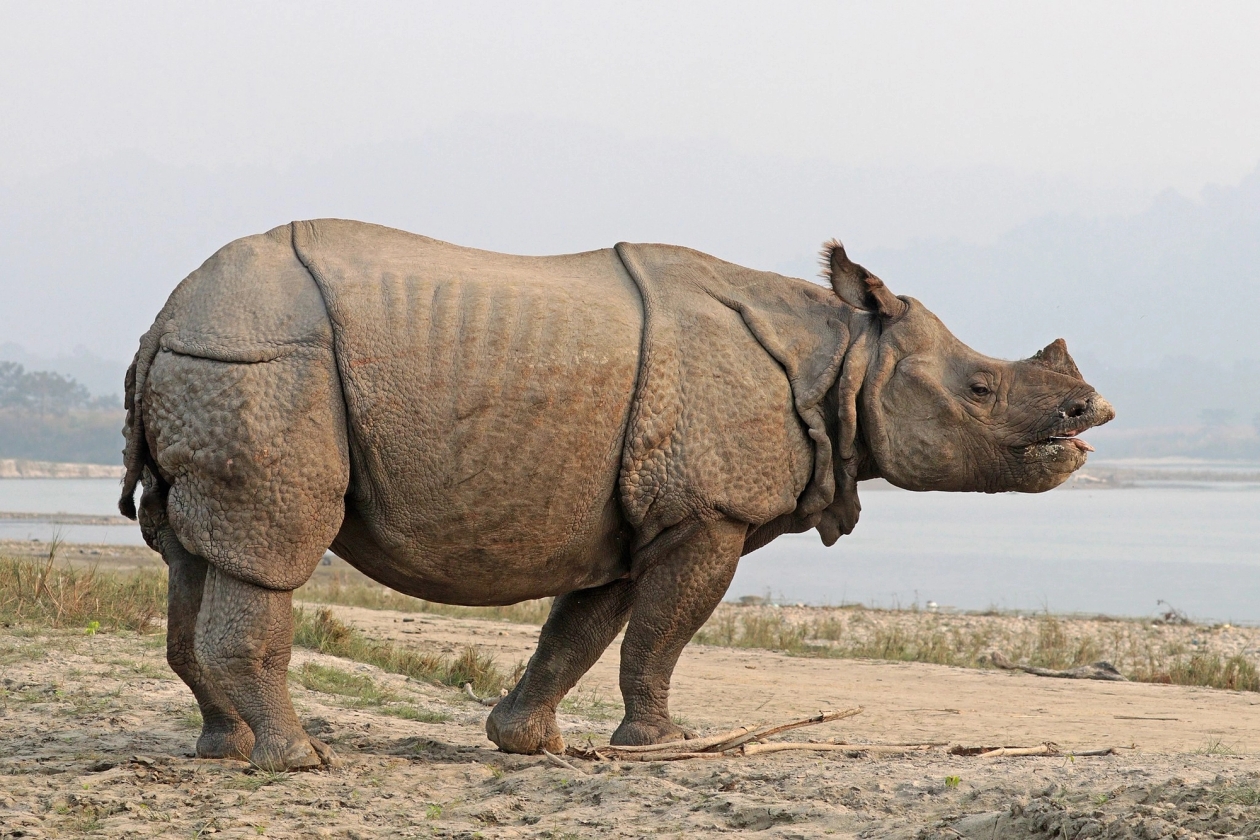
Javan rhino – also one-horned, and one of the rarest animals on Earth (only around 70 survive!)
Sumatran rhino – the smallest and hairiest, with two horns, living deep in tropical forests.
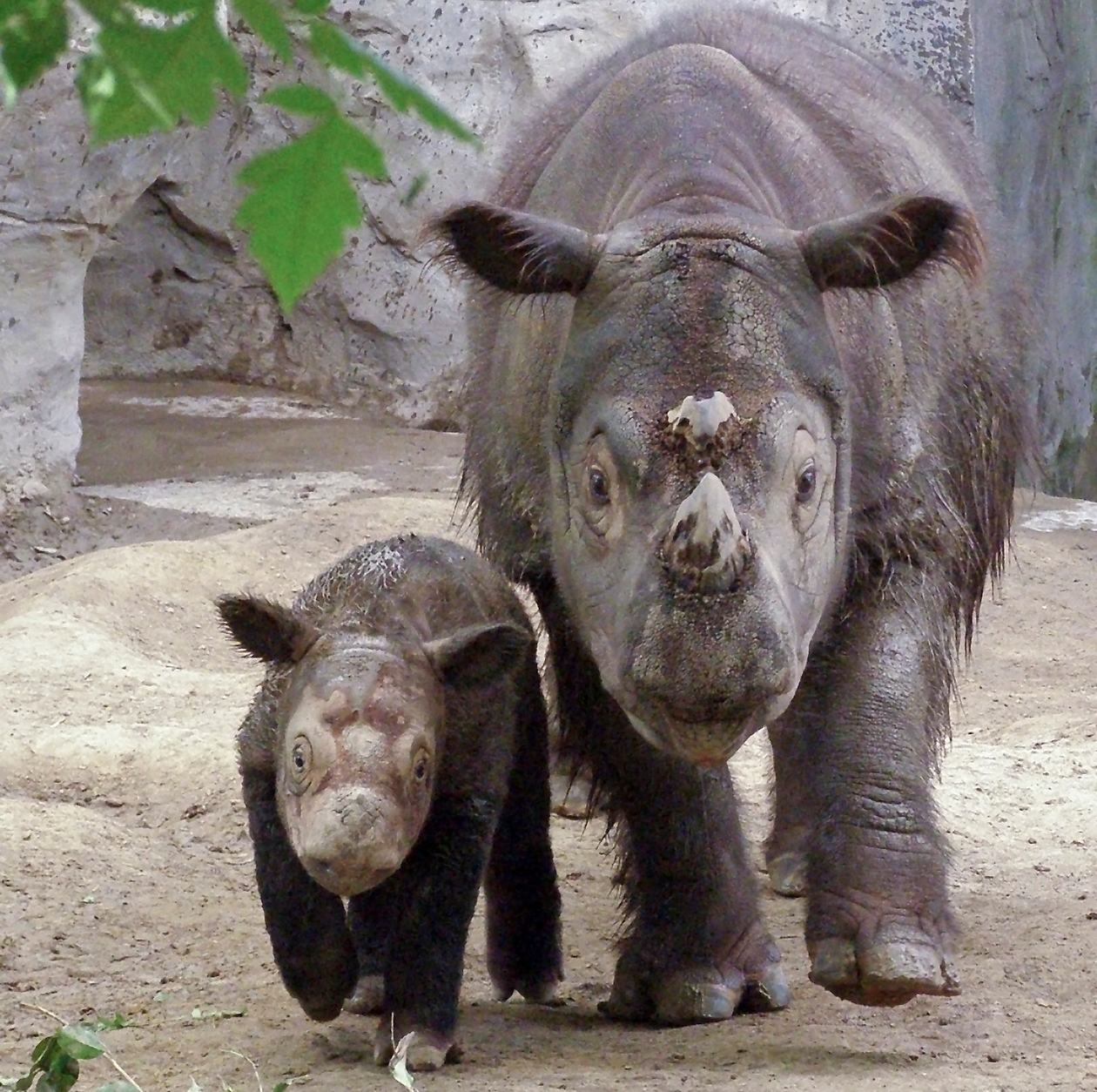
Remember our friend in Majete?
In the Summer 2025 YVC magazine, you met another very special rhino: one who lives in Majete, Malawi. He was being treated by the WVS vet team after suffering a wound.
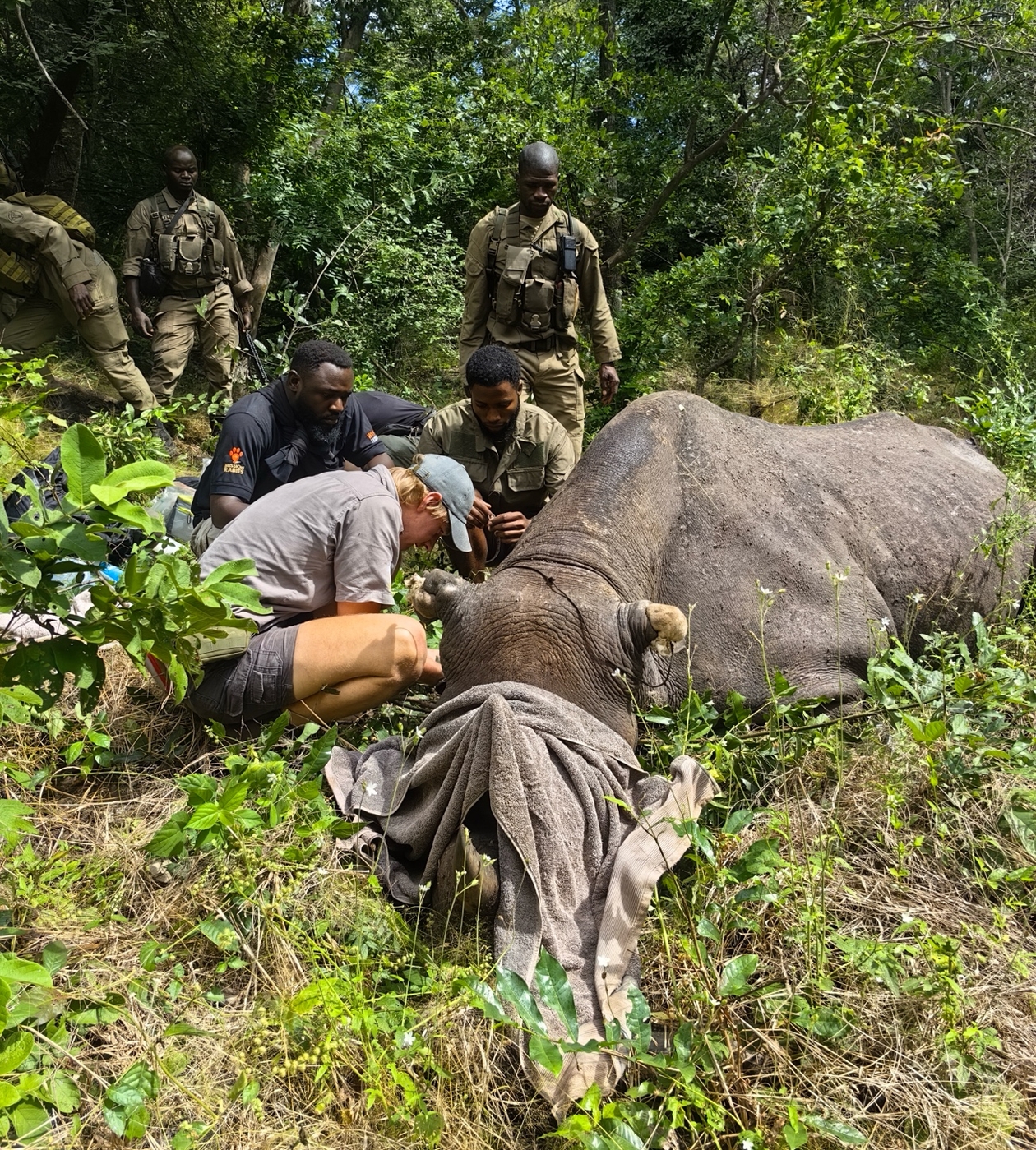
It’s important to remember that even though rhinos look tough, sometimes they need medical care, just like our pets do. From cats and dogs in clinics to wild rhinos in nature reserves, vets all over the world step in to give animals the love and care they deserve.
Amazing Rhino Abilities
Rhinos might look bulky and slow, but they’re full of surprising traits that help them thrive in the wild:
- Speed – Rhinos can run up to 35mph, which is faster than the fastest recorded human (Usain Bolt - 27.8mph).
- Armour – Their skin can be 5cm thick, protecting them from scratches, bites, and even fights with other rhinos.
- Super Nose – With a powerful sense of smell, they can detect danger or find food long before they see it.
- Sharp Hearing – Rhinos have excellent hearing, and their ears swivel like little radar dishes to pick up sounds from all around.
- Heavyweight Strength – A rhino can weigh over two tonnes (as much as a small car!) but can still move with surprising agility.
- Mud Bath Magic – Rolling in mud keeps their skin cool, acts as natural sun cream, and protects them from insect bites.
- Horn Power – Rhino horns are made of keratin (just like our fingernails). They use them to dig for water, break branches, and protect themselves.
“This World Rhino Day, remember: every fact you share, every drawing you make, and every choice you take can be part of a bigger, brighter story for rhinos, and animals, everywhere. ”
Do you want more wild stories and exclusive animal updates? Young Vets Club members get all this and more! Find out how to join here.






